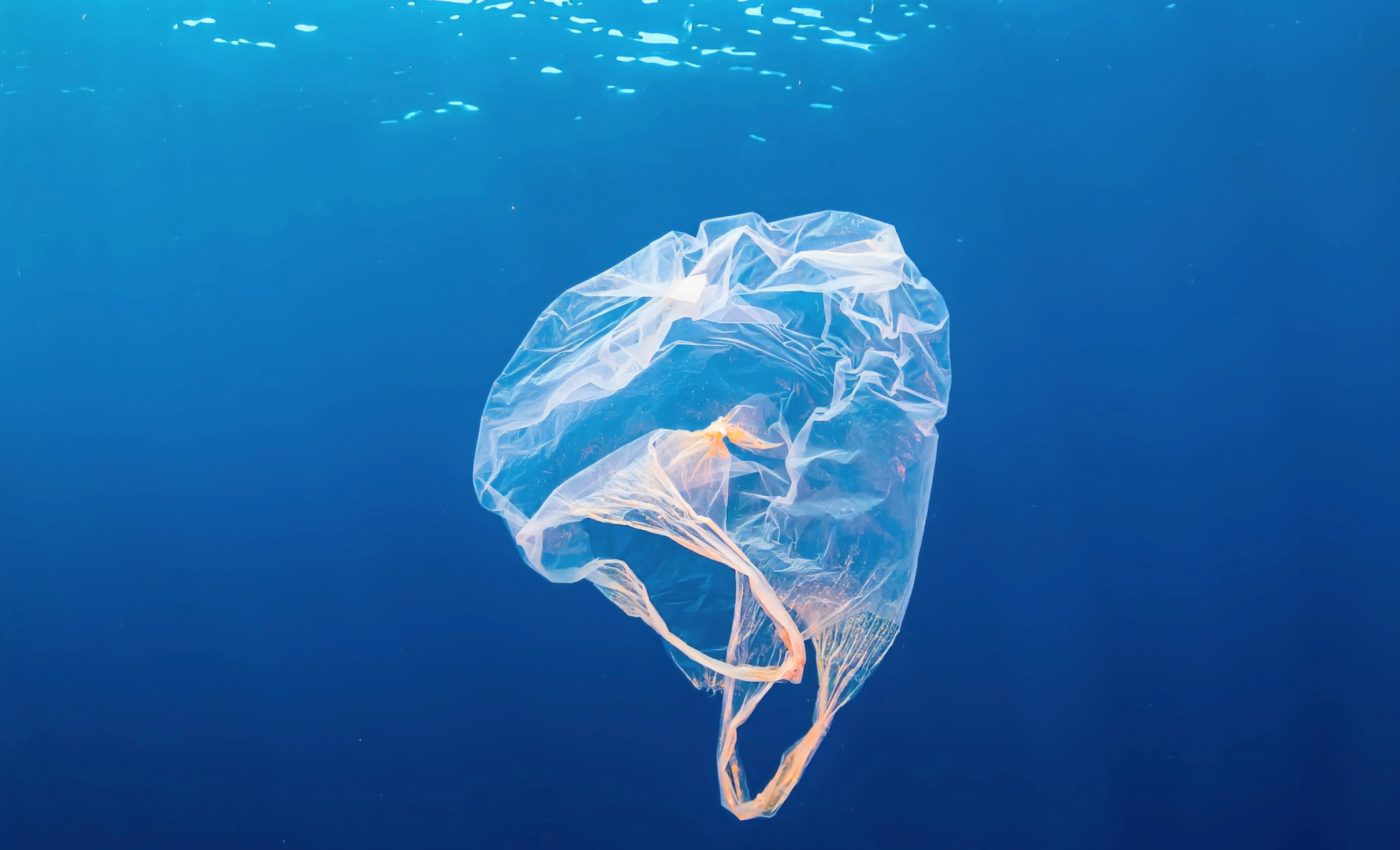
Nature-inspired solutions: New bioplastic dissolves rapidly in water
The influence of synthetic plastic on our planet is concerning, to say the least. It’s everywhere – from the depths of our oceans to the food we eat, even finding its way into our bodies. But, Avinash Manjula-Basavanna, a seasoned research scientist at Northeastern University, sees “MECHS” as a solution.
“The kind of impact that human-made materials are making on the living world is resulting in climate change, pollution and more,” he says.
“One of the ways that we are able to address this is to make materials sustainable and also make materials which are smart or intelligent.”
Birth of a new bioplastic
Joining forces with Neel S. Joshi, an associate professor of chemistry and chemical biology at Northeastern, Manjula-Basavanna gave birth to a new bioplastic named MECHS.
It stands for Mechanical Engineered Living Materials with Compostability, Healability, and Scalability.
The team recently showcased their discovery in the journal Nature Communications. Here, they articulated their unique work with engineered living materials, living cells that produce functional materials.
Wonders of bioplastic
What makes MECHS stand out? Manjula-Basavanna and Joshi gave us two major reasons.
Firstly, MECHS exhibits the beauty of nature-inspired solutions, with the ability to regenerate, regulate themselves, and respond to external stimuli such as light.
The second reason is even more significant in today’s context. Unlike the harmful plastics choking our planet and bodies, MECHS is biodegradable in water and even in a compost bin.
“Right now we use a lot of conventional nonbiodegradable plastics for applications they don’t need to be used in at all,” Joshi says. “If we replace that with our plastic, you could just flush it down the toilet and it would biodegrade.”
Engineered living materials
Until now, such engineered living materials haven’t been scalable for broad production. Enter MECHS.
Essentially, it’s comprised of engineered E. coli bacteria intertwined with a fiber matrix, crafted into a paper- or film-like material.
The fibrous structure gives MECHS some desirable properties. For instance, the bioplastic can stretch like plastic wrap and be genetically engineered for variable stiffness. And, quite fascinatingly, it has self-healing capabilities.
But the real cherry on top? MECHS is fully dissolvable, be it in large amounts of water or a compost bin. It dissolves rapidly, much faster than other existing biodegradable plastics. Plus, it can be mass-produced similarly to paper.
Potential applications
The scientific marvels envision MECHS as the solution to “primary packaging.” This includes the plastic cover protecting your new iPhone or the detergent pods for your appliances. Imagine MECHS wrapped around a pot plant, slowly breaking down and releasing proteins to fertilize the plant!
Addressing the global problem of plastic pollution, Manjula-Basavanna sees a strong potential for MECHS in plastic packaging, which covers almost one-third of the plastic market.
He observes that such packaging’s lifespan could last a few days to two years, but the petrochemical plastics used can take hundreds of years to biodegrade.
“For such a short lifespan of packaging, the petrochemical plastics that can take hundreds of years to biodegrade are unnecessary in many cases and thus a sustainable alternative like MECHS due to its biodegradability, flushability, and mechanical tunability could be a game changer,” says Manjula-Basavanna.
Challenges in adopting MECHS
While MECHS presents a revolutionary solution to the global plastic crisis, adopting this technology on a large scale is not devoid of challenges. One primary concern lies in the genomic stability of the engineered E. coli bacteria used in MECHS.
Scientists must ensure that the bacteria remain safe and stable under various environmental conditions to avoid unintended consequences. Additionally, transitioning industries reliant on traditional plastics to MECHS involves overcoming significant economic and logistical barriers.
Production facilities worldwide may need to adopt new techniques and infrastructure to accommodate this novel material, potentially incurring considerable costs in the short term.
Furthermore, public perception and regulatory hurdles need to be navigated to gain trust and approval for its widespread use.
Future of sustainable materials
Looking to the future, the innovations around MECHS signal a burgeoning era of sustainable and adaptable materials capable of transforming industries.
As research into living materials progresses, new possibilities emerge, such as enabling the development of dynamic, adaptable materials for technologies yet to be imagined.
Building on their success with MECHS, Manjula-Basavanna and Joshi envision an expanding palette of biodegradable materials, each tailored for specific applications ranging from environmental conservation to health care.
Their work emphasizes collaboration across disciplines – bridging biology, chemistry, and engineering – to advance sustainable solutions.
Ultimately, MECHS is a testament to how embracing nature-inspired innovation can lead to breakthroughs with the power to reshape our relationship with the materials we use and the environment we inhabit.
The study is published in the journal Nature Communications.
—–
Like what you read? Subscribe to our newsletter for engaging articles, exclusive content, and the latest updates.
Check us out on EarthSnap, a free app brought to you by Eric Ralls and Earth.com.
—–













